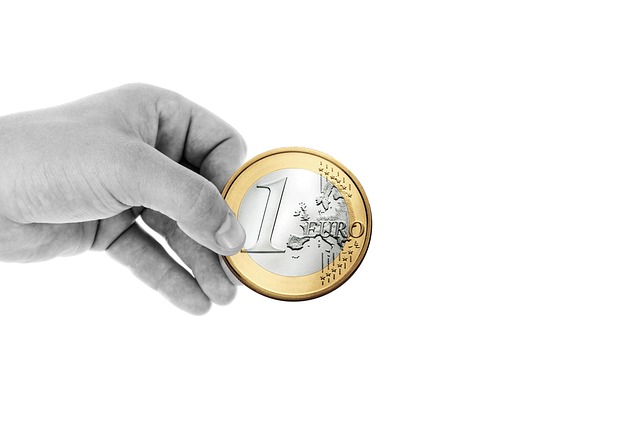Exploring the Latest Webinar Trends: What’s Next for Virtual Events
In today’s rapidly evolving digital landscape, the way we connect, learn, and share information has transformed dramatically. Webinars, once considered a niche tool for specialized audiences, have become a cornerstone of communication and education across various industries. As professionals and organizations continue to rely on virtual events, staying ahead of webinar trends is essential to creating engaging and impactful experiences.
The Rise of Interactive Experiences
One of the most noticeable shifts in webinar trends is the move towards interactivity. Attendees no longer want to be passive listeners—they crave involvement. Tools like live polls, Q&A sessions, and real-time chat have become standard, but now we’re seeing the integration of immersive technologies such as:
- Virtual Reality (VR): Enabling participants to engage in a 3D environment, making learning more vivid and memorable.
- Augmented Reality (AR): Overlaying interactive content on the user’s physical space for a blended experience.
These advances create more dynamic webinars that foster deeper connections between hosts and attendees.
Personalization and On-Demand Access
Another emerging trend lies in personalization. Attendees expect content tailored to their interests and flexible access to resources. The future of webinars will focus heavily on:
- Targeted Content: Utilizing data and AI to customize webinar topics, sequences, and follow-up materials according to individual preferences.
- On-Demand Viewing: Offering webinars as recorded, segmented sessions to fit diverse schedules and enhance retention.
This level of customization ensures higher engagement rates and empowers participants to learn at their own pace.
Hybrid Events and Expanding Reach
While virtual events have many benefits, hybrid formats—blending in-person and online participation—are gaining popularity. Hybrid webinars capitalize on the strengths of both worlds, ensuring inclusivity and accessibility. As technology becomes more sophisticated, we can expect:
- Seamless integration between physical venues and online platforms
- Improved networking opportunities through virtual lounges and breakout rooms
- Advanced analytics to measure attendee behavior across both channels
Such innovations promise to break down geographical barriers and broaden the potential audience like never before.
Sustainability and Ethical Considerations
With growing awareness about environmental and social responsibility, webinar trends increasingly reflect a commitment to sustainability. Hosting virtual or hybrid events reduces carbon footprints, but beyond that, organizers are incorporating ethical practices by:
- Ensuring digital accessibility for participants with disabilities
- Using green technology and energy-efficient platforms
- Engaging in transparent data privacy protocols to build trust
This conscientious approach not only benefits the planet but also strengthens brand reputation and participant loyalty.
The Human Element in a Digital World
Finally, despite all the technological advancements, the core driver of successful webinars remains authentic human connection. Future webinar trends emphasize genuine storytelling, relatable speakers, and community building—reminding us that virtual events are, at their best, about bringing people together.
As we continue to navigate the evolving landscape of webinars and virtual events, embracing these trends will help organizers create meaningful experiences that resonate deeply with their audiences. Whether you’re a host, marketer, educator, or participant, the future of webinars holds exciting possibilities just waiting to be explored.




